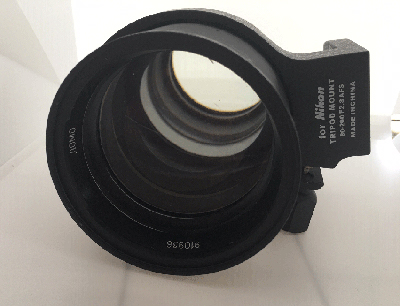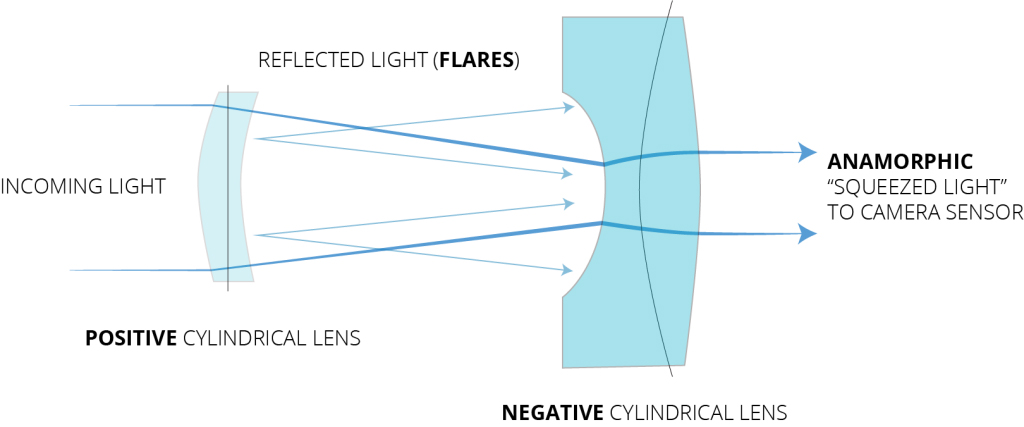The Lens details of a series of images taken by Steve Cushing on mirrorless camera.
Fitting has no mount and has a 61.22
Flange Distance - this lens will fit and achieve focus to infinity mirrorless cameras and also on DSLRs.
HistorySoviet lenses have a strange background in comparison with their German and Japanese counterparts. Some optical designs, such as the Helios 44 are direct copies of the Biotar and Flektogon series made my Carl Zeiss. The Jupiter 11-A has the Sonnar design. However, what makes them stand apart is that even if they are copies they still have a unique image rendering.
The names of the Soviet lenses often featured cosmic themes rather than optical design names such as Jupiter, Vega, Helios, Tair. In the Soviet era, everything that is connected with space was a trend. And they called the cosmic names of not only for their lenses, but other items such the tape player "Vega" motorbikes "Jupiter," and so many more products. Soviet lenses can be divided in two ways. Sometimes the name states the optical design (Helios, Industar, etc), The second way to clarify them is the brand of the manufacturer (Arsat, Zenitar, BelOMO).
The first way implies that the name of the lens attached specific optical design. This logic is likely to have been borrowed from the German company Carl Zeiss. Historically, after the WWII the Soviet Union brought the reparations of the optical factories from Germany, with raw materials and blanks, and also received the right to use certain optical designs, it is mostly the firm Zeiss.
But as the companies developed, Soviet designers took Zeiss lenses, produced them with Soviet types of glass and put them into production. So developed legendary Soviet lenses. Some optical designs were also invented by Soviet designers. For example Tair, Telear, Kaleinar etc.
This Lens
LOMO (ЛОМО) Short for Leningrad Optical-Mechanical Association. This association was considered number one in the USSR, it produces a variety of lenses with different designs. There are already appears in the name is not optical design but a brand. Yes, the lenses of the plant, especially cine lenses OKS (ОКС) have good optical properties and is very highly valued.
The lens used for these images was produced for cinema projects use not for a camera. The lens was manufactured in 1991 at LOMO plant in the city of Leningrad, Russia, at x-USSR. Watching movies was a favourite thing to do for Soviet people. You could find movie projectors at any settlement, include the poorest provinces… Most places in Russia had local cinemas and many of the projectors used these lenses made in a range of factories the LOMO being considered the best.
Basically, an anamorphic lens is a lens that optically distorts the image. That sounds like a bad thing, but we will get to why it is good in a minute. First, some history. The anamorphic lens was first developed in the film industry when they wanted to use standard 35mm film to record images in widescreen format.
The way they did it was to fit the film camera with a widescreen format lens that optically compressed the image so that it would fit into a 35mm film frame. Then when the film was played through a projection system, the projector was fitted with another lens that reversed the distortion. In that way the compressed image that was recorded on the 35mm film was projected onto the screen in natural, uncompressed widescreen format.
Anamorphic type lens remained in use for this special purpose, that of projection of a wide screen movie, where it needs lenses that have a natural curved field, at full aperture, to be able to focus on the curved projection surface. The 35 mm positive film occupies the sharp area, but the field is still curved, and can be made to match the giant wide screen of Cinemascope etc.
Lens In Use
- High quality professional coated optics.
- Four lens aplanat optical scheme.
- Light dispersion ratio 0.016. Light transmitting ratio 0.75.
- Resolution of the lens (pairs of lines per 1mm) is not less than 90 in the center and 35 on the edge of 18x24mm frame.
- The lens can be used with 35NAP anamorphic attachments to receive wide screen movie.
- The lens was manufactured in 1991 at LOMO plant in the city of Leningrad, Russia, at x-USSR.
- No aperture always wide open.
This is a large, very heavy lens. It is difficult to mount as the outside is smooth and does not have a screw thread. A hand made adapter with a helicoid is required.
Summary This lens is just so much fun to use. You must balance the ISO and shutter speed, hold the lens not the camera due to its weight and focus is always very hit and miss, but the effects it produces are very artistic.
For general information on lens design and lens elements go to the homepage
HERE





